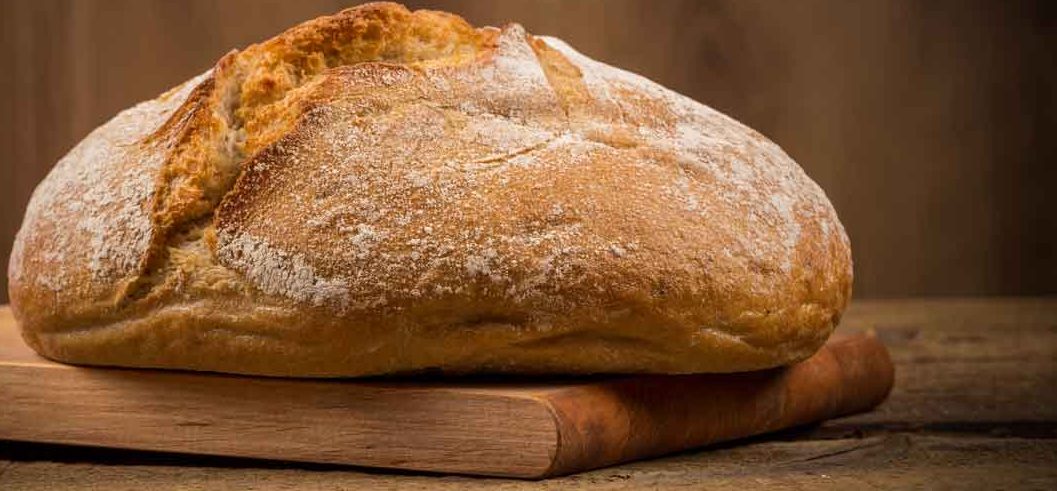High Carb Foods to Avoid

To lose weight, you may not need to stop eating all starches, but it helps to focus on vegetables and protein and know which high carb foods to avoid.
High carb, low fat diets are getting bad press these days. Instead, ketogenic diets that allow animal fats and very few carbs are more in vogue.
But for the long run, you won’t be able to live healthily on bacon and cheese. What you should know is which high carb foods to avoid.
YOU MIGHT ALSO LIKE: Understanding the Ketogenic Diet
High carb foods to avoid
Our list of high carb foods to avoid includes:
- Bread
- Pasta
- Morning cereal
- Milk
- Beer
- Fruit juice
- Added sugars
Flour and bread
Bad carbs give you little nutrition or fiber for each gram of carb. For example, a slice of white bread is 14 grams of carbs, with only one of fiber. You may be surprised to know that a bagel is twice as carb-heavy, at 29 grams, also with only one of fiber. A 10-inch flour tortilla has 36 grams of carb, with two of fiber.
That doesn’t mean you can never eat a bagel, burrito, or sandwich if you’re on a ketogenic weight-loss diet. You’re better off with salad and protein. If you’re not in weight-loss mode, you might have the bread and just avoid other bad carbs the rest of that day.
Another option would be to look for one of the good carbs, like lentil soup, that will fill you up and provide more fiber and nutrition. More than a quarter of the calories in lentils come from protein. Lentils also contain lots of fiber (eight grams for around 20 grams of carbs) as well as folate, magnesium, and iron.
Pastas
Pasta also should be on the bad carbs list. A cup contains 43 grams of carbs, only three of which are fiber. Whole-wheat pasta is closer but doesn’t quite qualify as one of the healthy carbs, having six grams of fiber out of 37 carbs in a cup.
What if your bread or pasta is gluten-free? Products made from rice and corn may very well be heavier in carbs than the ordinary counterpart. Try products made from almond or coconut flour instead.
Cereals
You might feel virtuous eating oatmeal for breakfast, but only compared to a bagel. A cup of cooked regular or instant oatmeal has 32 grams of carbs, with four of fiber. If you go for granola, stick to a half cup, which will give you seven grams of fiber out of 37 grams of carbs. It goes without saying to avoid sugary store-bought cereals.
Dairy
The milk you’ll probably add to granola adds more carbs, another 13 grams for every cup. You could, however, consider milk one of the healthy carbs because it offers not just calcium but also potassium and several B vitamins.
Alcohol and juices
Beer is the most carb-heavy alcohol you could choose; dry wine has very few carbs, and spirits contain zero. A 12-ounce can of beer is, on average, 13 grams — about half that of light beer. And you’re likely to eat just as much food as you would if you hadn’t had the beer — one reason beer so famously produces bellies.
The same goes for fruit juice. The human body just doesn’t count liquid calories as filling, and juices contain lots of carbs. A cup of unsweetened apple juice contains 48 grams of carbs, and unsweetened grape juice 60 grams, as much as two bagels. Smoothies made from fruit rather than fruit juice are a better choice, but when you buy a packaged smoothie, check the label for the fiber content. You might also enjoy these blender smoothie recipes.
Sugar
Added sugar is always a dose of carbs without nutrition. A tablespoon of white sugar packs 12.6 grams of carbs, maple syrup has 13, agave nectar 16, and honey 17.
If you’re craving sweetness and plan to skip dessert, you might include one of the relatively good carbs in a lunch or dinner. A medium size yam has 24 grams of carbs, including 4 grams of fiber. A cup of cooked beets has 16 grams of carbs, four of which are fiber.
Your best dessert is berries. Bananas, mangoes, pears, and dates are all high in carbs, although they have more fiber than bread.
The bottom line
If you cut out the bad carbs, you’ll be healthier and probably slimmer.
Updated:
September 22, 2023
Reviewed By:
Janet O’Dell, RN